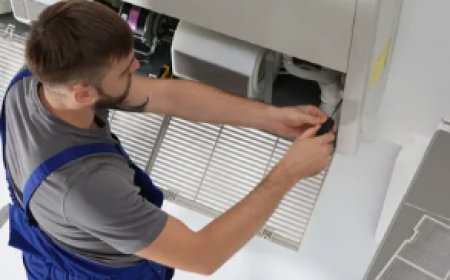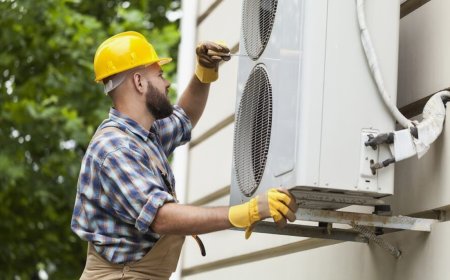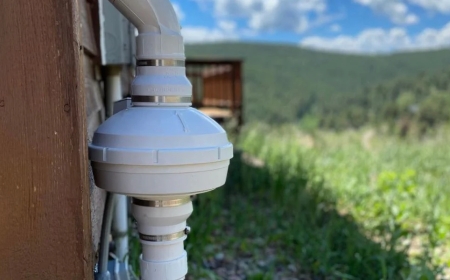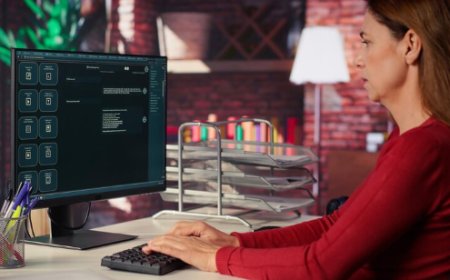Safety Rules for Apartment Lifts
Residential lifts are engineered for efficiency, but their safety relies on more than just design. A well-functioning residential lift reflects good engineering, as it signals responsible upkeep, attention to detail and care for resident safety. In a shared living environment, even routine systems need serious oversight. Residents must take safety measures seriously when it comes to using lifts in their day-to-day lives.
As vertical living is slowly on the rise, elevators have become an inseparable part of modern residential infrastructure, supporting efficient and reliable vertical mobility. Among the key advantages of lifts are accessibility and convenience, particularly benefiting the elderly, individuals with mobility challenges, and families with young children.
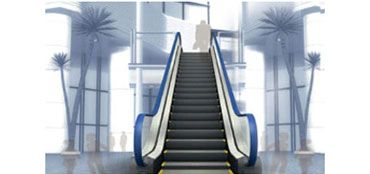
The demand for reliable residential lifts in India has surged over the years, paralleling the rise of multi-storey apartment complexes. The advantages of lifts extend beyond mere accessibility and convenience as they contribute to the overall value and functionality of residential properties as well. However, the efficacy of these vertical transportation systems is contingent upon stringent adherence to safety protocols. Neglecting regular maintenance and safety checks may lead to operational failures, posing risks to residents and potentially incurring significant repair costs.
Here are the essential safety rules for apartment lifts, emphasising the importance of proactive management and adherence to established safety protocols:
Routine Preventative Checks
Regular inspections and servicing by certified professionals are essential to maintaining the operational integrity and extending the life of apartment lifts. Maintenance schedules must comply with the manufacturers recommendations and statutory requirements, covering all key aspects of routine checks, like mechanical, electrical, and emergency systems. A digital log of routine maintenance and repairs aids transparency and accountability, adding more life to the machines operational capacity.
Install and Monitor Safety Signage
Clear signage, including maximum load bearing capacity, emergency contact numbers, and usage instructions, must be clearly displayed inside and near the lift premises to prevent mishaps. These signs act as immediate reference points during unforeseen emergencies and help reinforce safe usage behaviour among apartment residents.
Prioritise Emergency Response Systems
Every residential elevator must be equipped with a functional emergency alarm system, two-way communication, and backup power. These systems ensure prompt assistance to residents during emergencies and power outages, especially in high-rise buildings.
Enforce Load Management Protocols
Overloading lifts is a common safety hazard. Automated weight sensors must be in place to prevent operation when the maximum limit is reached. To prevent accidents, security and facility teams must also educate the residents about the load management protocol and about adhering to it.
Conduct Regular Safety Drills and Awareness Sessions
Periodic training for the residents and building staff must be conducted regularly, as it ensures safe and efficient use of the facility. Safety drills and awareness training on topics such as how to respond during entrapment, what to do and what not to do during emergencies, etc., help reduce panic and ensure swift response. These sessions are particularly important for residential apartments with elderly members and children.
Secure Entry Points and Door Systems
The lift doors must be equipped with obstruction detection devices and should not be forced open manually at any cost unless an emergency has arisen. Safety edges and interlocks must function accurately to prevent entrapment or injury. Children should be trained not to tamper with lift doors or excessively press buttons.
Mitsubishi Electric India offers a range of residential elevators that are known for their quality, safety, and reliability, often counted as benchmarks in the industry. These elevators are designed to offer a comfortable and efficient experience, smooth operations, accurate levelling, and minimal noise and vibrations.










